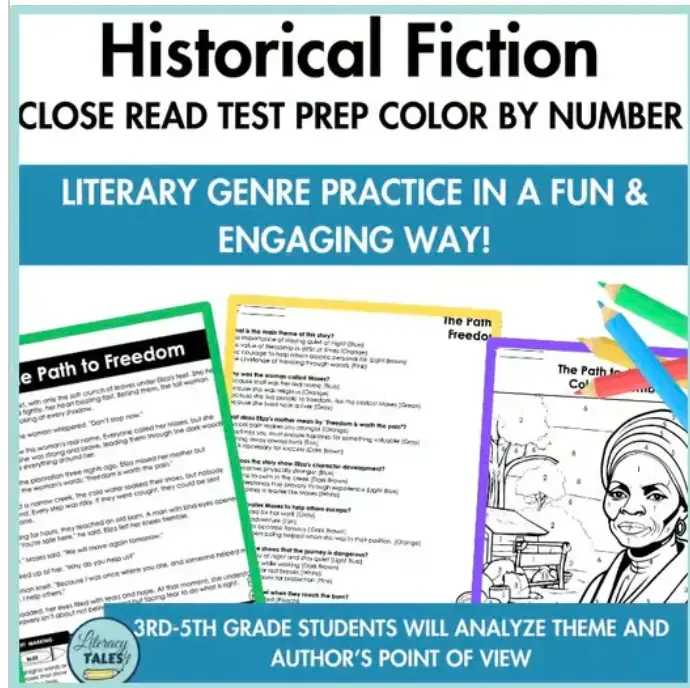How to Improve Reading Comprehension Using the TAGS Strategy?
- literacytales
- Mar 30
- 3 min read
Updated: Aug 7
After nine years in second grade, moving to fifth felt like starting over. At first, I was simplifying too much and not challenging my students enough. I knew I had to raise the bar and needed more rigorous strategies to help them meet grade-level standards and perform to their potential during our test season.

Table of Contents :
Fast-forward to today: my class has outperformed all expectations. During the mid-year benchmark assessments, my students scored 83% in Vocabulary and 82% in Reading on our mid-year benchmark—the highest yet! And here's the best part: this kind of growth isn't just possible for my students. It can happen in your classroom, too.
Reading Strategy That Works:
I'm sharing the reading strategy that helped boost comprehension, starting with the TAGS Reading Strategy and continuing our daily ELA practices. Let's explain what it is, how it works, and why it's a game changer.
Step by Step:
I began by establishing a routine and setting clear expectations using a writing rubric. To help students visualize success, I printed and displayed sample fifth-grade writing responses from the previous year. As a class, we used the rubric to evaluate each example and discussed what made a response strong or weak.
The next day, we read two passages together and practiced analyzing the questions carefully. I showed them how to break down each question to understand better what it was asking.
Afterward, I gave them a writing prompt and asked them to respond and score their writing using the same rubric. Many were surprised to see they scored in the one—or two-point range, and that moment sparked accurate reflection.
This was when I knew the TAGS Strategy had to become a daily part of our reading response routine. My students needed structure—a reliable way to respond to questions thoughtfully and thoroughly.
TAGS Stands For:
T – Turn the question into a statement
A – Answer the question
G – Give examples and text evidence
S – Sum it up
This simple acronym transformed everything for them. They quickly found clarity in where to start, what to say, and how to finish, instantly boosting their confidence.
How I Modeled It?
I created an anchor chart and demonstrated how to tackle a released state test question by restating it in my own words, providing a clear answer, citing evidence, and wrapping up with a brief explanation.
We practiced this in shared reading and small groups with various texts—fiction, nonfiction, and poetry—to help students see that this strategy builds their confidence across different genres.
How It Became Routine?
Once they mastered it, I made it part of our daily ELA block. They used it for warm-ups, exit tickets, and small group reading work.
Sometimes, they worked together to find missing pieces in a sample response. Other times, they used color-coded examples or revised short answers using our class-created TAGS rubric.
Within a few weeks, their answers became more detailed, focused, and—most importantly—supported by the text.
Reading Comprehension at its Best:
By our next benchmark, I saw real improvement. Students took time to plan and respond thoughtfully, and even those who struggled with writing submitted organized answers.
There was no magic—just a blend of structure, consistency, and practice. This approach can work in your classroom, too.
In conclusion, TAGS can be implemented with any reading resource. The key is consistency and practice. Check out the Historical Fiction Color by Number Reading Resource and begin implementing the TAGS Strategy NOW!








Thank you so much for sharing your strategy. I am going to implement it next year. Do you use any writing strategy students can remember as the TAGS strategy?